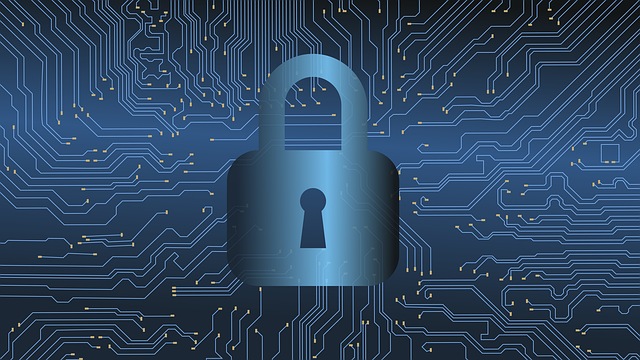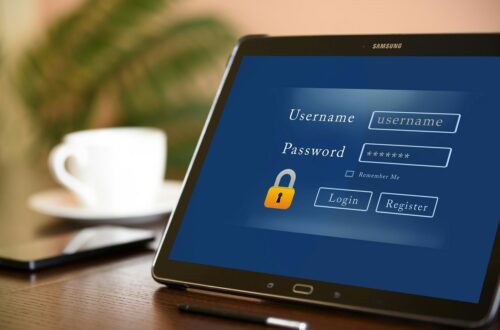In the ever-evolving digital landscape, the internet is a double-edged sword, offering countless opportunities for innovation while simultaneously exposing vulnerabilities. Recently, whispers about “Thejavasea.me leaks AIO-TLP” have emerged, catching the attention of cybersecurity enthusiasts and curious netizens alike. But what exactly is this phenomenon, and why does it matter? This article delves deep into the intricacies of the topic, shedding light on its implications and providing actionable insights for staying safe online.
Thejavasea.me Leaks AIO-TLP: Understanding the Data Breach
Thejavasea.me is a website that has gained notoriety for allegedly hosting and distributing leaks of sensitive information. While its specific origins remain murky, the platform has become a focal point for discussions in the cybersecurity and hacking communities. Its content allegedly includes a mix of publicly available data and sensitive, private information obtained through illicit means. Among its recent claims to infamy is the purported leak labeled “AIO-TLP.”
Decoding the AIO-TLP Leak from Thejavasea.me
The term “AIO-TLP” stands for “All-In-One Threat Landscape Package.” This leak reportedly encompasses a wide range of sensitive information, from personal data to corporate secrets, making it a goldmine for malicious actors. Cybersecurity experts suggest that the AIO-TLP leak is categorized under the Traffic Light Protocol (TLP), a framework for sharing sensitive information with specific audiences while controlling its dissemination.
In this context, “AIO-TLP” might imply an extensive dataset categorized under TLP protocols but has been leaked irresponsibly, violating the controlled sharing norms.
How Did Thejavasea.me Leaks AIO-TLP Occur?
Although the exact details of how “Thejavasea.me leaks AIO-TLP” occurred remain speculative, there are several plausible scenarios:
- Insider Threats: Employees or insiders with access to sensitive information could have intentionally or inadvertently leaked the data.
- Hacking and Breaches: Cyberattacks on organizations storing this data may have led to its compromise and subsequent upload on platforms like Thejavasea.me.
- Misconfigured Systems: Misconfigurations in cloud services, databases, or APIs can expose data to unauthorized access, enabling opportunistic attackers to exfiltrate and leak the information.
- Social Engineering Attacks: Attackers might have exploited human vulnerabilities, such as phishing schemes, to gain access to sensitive data, which was later leaked on the site.
- Weak Password Protocols: Organizations failing to implement robust password management practices might have inadvertently provided an entry point for attackers.
Why Should You Care About Thejavasea.me AIO-TLP Leak?
The implications of the AIO-TLP leak are far-reaching, affecting individuals, organizations, and governments alike:
- Personal Data Theft: For individuals, leaked personal information could lead to identity theft, fraud, or reputational damage.
- Corporate Espionage: Organizations may suffer from stolen intellectual property, financial losses, or a competitive disadvantage.
- National Security Risks: Leaked classified information can jeopardize national security, exposing vulnerabilities in critical infrastructure or defense systems.
- Economic Impacts: Data breaches like AIO-TLP can result in significant financial losses for affected entities, further impacting stakeholders.
Identifying Risks from Thejavasea.me AIO-TLP Leak
To understand the risks posed by the AIO-TLP leak, it’s essential to identify the types of data potentially exposed:
- Personally Identifiable Information (PII): Names, addresses, phone numbers, and social security numbers are common targets.
- Financial Data: Bank account details, credit card numbers, and transaction histories.
- Corporate Data: Proprietary business information, trade secrets, and strategic plans.
- Government Data: Classified documents, defense strategies, and infrastructure blueprints.
- Health Records: Sensitive health information, including medical histories and insurance details, could also be part of such leaks.
The Aftermath: Who’s Affected?
The fallout from such leaks often cascades through various sectors:
- Victims of Identity Theft: Individuals whose PII was leaked may face financial losses or legal issues.
- Organizations: Affected companies may lose customer trust, face regulatory penalties, or incur hefty recovery costs.
- Governments: National security could be compromised, necessitating urgent countermeasures.
- Service Providers: Cloud and hosting providers implicated in leaks may experience reputational damage, losing client confidence.
- General Public: Misinformation or misuse of leaked data can have widespread societal impacts, causing panic and mistrust.
Preventative Measures
While the damage from existing leaks like “AIO-TLP” cannot be undone, there are steps you can take to protect yourself and your organization:
- Enhance Cyber Hygiene: Regularly update passwords, enable two-factor authentication, and avoid using the same credentials across platforms.
- Invest in Cybersecurity: Use advanced firewalls, intrusion detection systems, and endpoint protection.
- Data Encryption: Ensure sensitive data is encrypted during storage and transmission.
- Monitor Your Digital Footprint: Use tools to track mentions of your personal or business information online.
- Employee Training: Educate staff about phishing attacks, social engineering, and secure data handling practices.
- Implement Zero Trust Models: Minimize access to sensitive data by adopting a zero-trust framework within organizations.
Responding to a Leak
If you suspect your information is part of the “Thejavasea.me leaks AIO-TLP,” act quickly:
- Check Breach Notification Services: Websites like Have I Been Pwned can help determine if your data has been compromised.
- Secure Your Accounts: Change passwords and enable additional security measures on affected accounts.
- Monitor Financial Transactions: Keep an eye on your bank statements and credit reports for unusual activity.
- Report the Incident: Notify relevant authorities or organizations to initiate a formal investigation.
- Seek Professional Advice: Engage with cybersecurity experts to assess the impact and mitigate risks.
The Ethical Debate: Are Such Leaks Ever Justifiable?
The AIO-TLP leak raises ethical questions about the motives behind such actions. While some argue that exposing systemic flaws or corruption justifies leaks, the collateral damage—affecting innocent individuals and businesses—cannot be ignored. Striking a balance between transparency and privacy remains a contentious issue in the digital age.
The Role of Governments and Organizations
Governments and corporations must take a proactive approach to mitigate such incidents:
- Legislation and Regulation: Enforce stricter laws against data breaches and leaks.
- Public-Private Partnerships: Collaborate on cybersecurity initiatives to enhance resilience against threats.
- Transparency: Communicate openly about breaches and remediation efforts to rebuild trust.
- Incident Response Teams: Establish dedicated teams to respond swiftly and effectively to data breaches.
The Future of Cybersecurity
As leaks like “Thejavasea.me AIO-TLP” become more prevalent, the cybersecurity landscape must evolve:
- Artificial Intelligence: AI-driven solutions can detect anomalies and predict threats before they materialize.
- Blockchain: Blockchain technology offers secure and transparent data handling, reducing the risk of leaks.
- Cybersecurity Education: Empowering individuals with knowledge about digital threats can create a more secure online environment.
- Adaptive Security Models: Incorporating flexible and adaptive strategies to counter emerging cyber threats will be essential.
Conclusion
The “Thejavasea.me leaks AIO-TLP” saga serves as a stark reminder of the vulnerabilities in our interconnected world. Whether you’re an individual, a business, or a government entity, staying vigilant and adopting robust cybersecurity practices is crucial. By learning from incidents like these, we can work towards a safer digital future, where privacy and security are not luxuries but fundamental rights.





